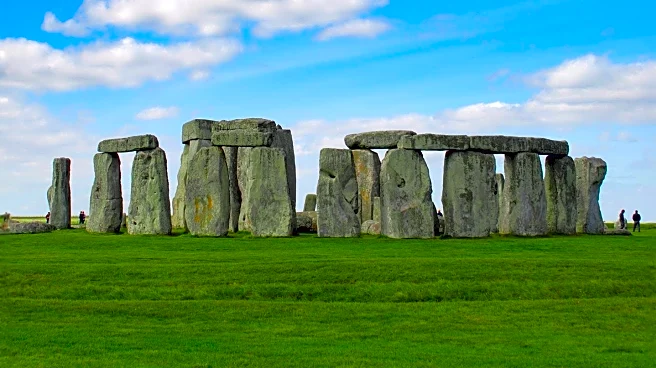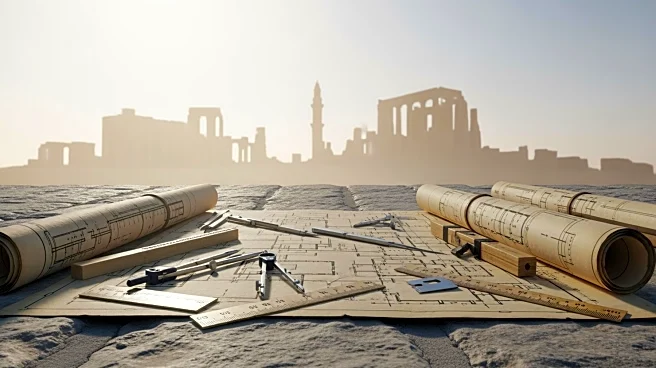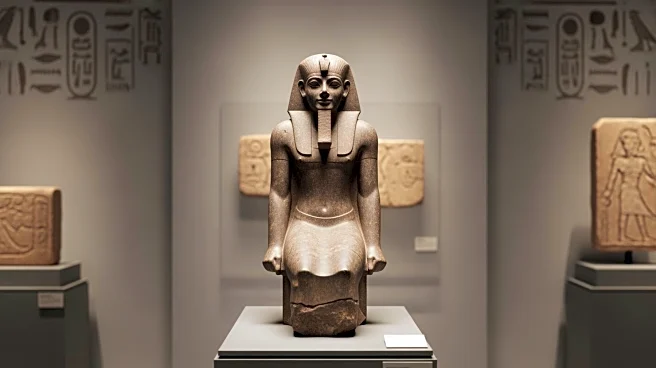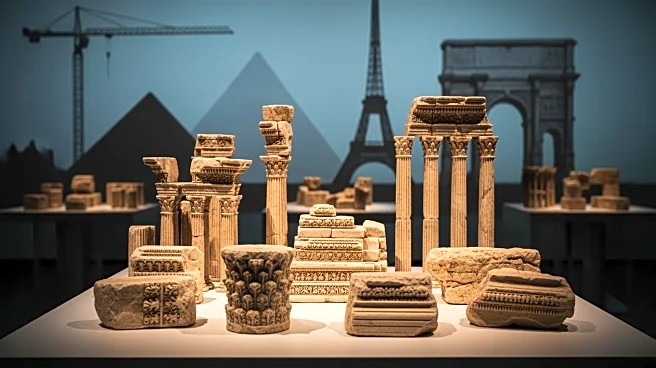What's Happening?
Oases, located in some of the driest regions of the world, are vulnerable to climate change and land-use changes. Unsustainable use of groundwater and resources exacerbates these impacts, leading to emigration,
abandonment, erosion of traditional knowledge, and biodiversity decline. Researchers from the Senckenberg Society for Nature Research, in collaboration with UNESCO, have established a global network to raise awareness and promote initiatives supporting oasis preservation. The initiative was introduced at COP 28 in Dubai and aims to protect oases as components of dynamic networks with inter-regional links and interdependencies.
Why It's Important?
Oases play essential roles in cultural and natural systems in arid lands. Protecting them is crucial for preserving biodiversity and cultural heritage. The initiative supports several international programs, including the UN Convention of Biological Diversity and the UNEP Ecosystem Restoration Decade Flagship Programme. By recognizing oases as dynamic networks, the initiative aims to guide resilience and organizational flexibility, advocating for a grass-roots approach and comprehensive research agendas to document and mitigate impacts on biodiversity and cultural systems.
What's Next?
The initiative plans to establish a knowledge platform for data exchange among local communities, researchers, and decision-makers. This platform will facilitate access to information and foster collaboration to protect oases. Research agendas will address ecological and social resilience, enabling comparative analyses and recommendations for oasis protection and management. Concerted global action is needed to safeguard these unique systems, and the initiative aims to provide clear, well-reasoned recommendations for their preservation.











